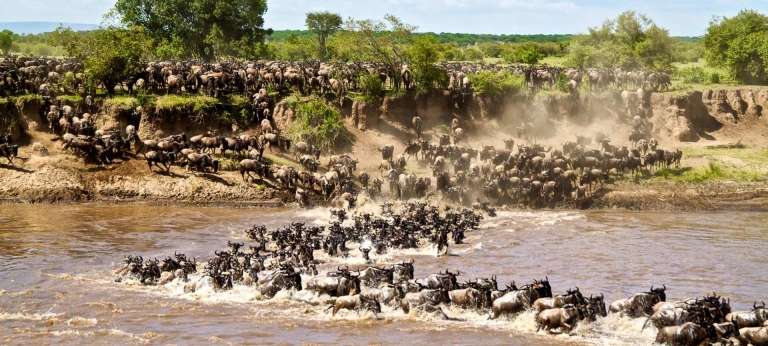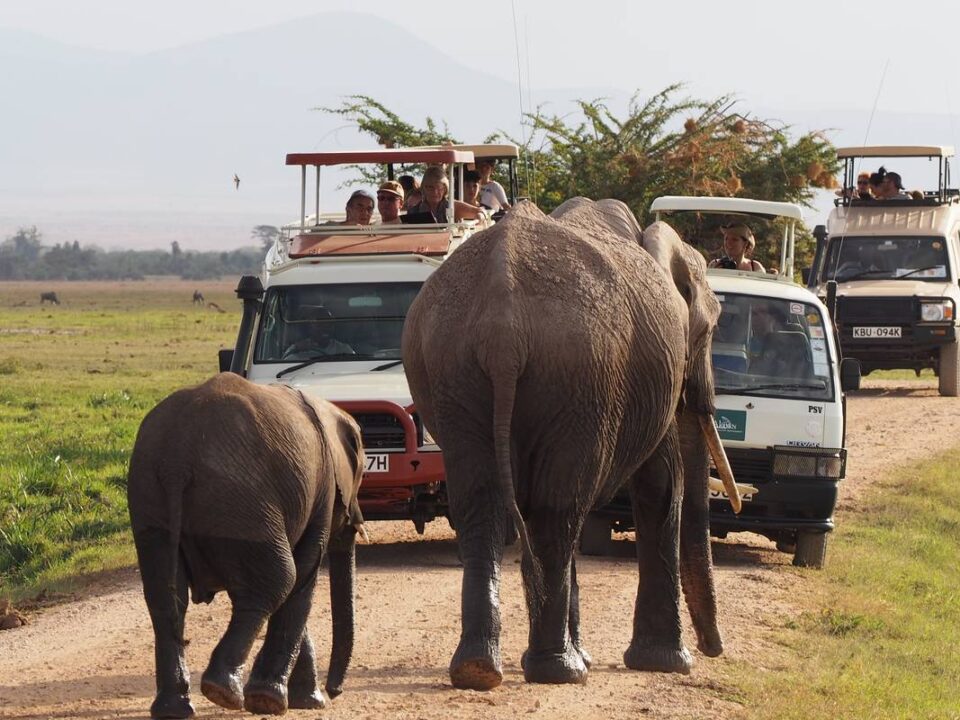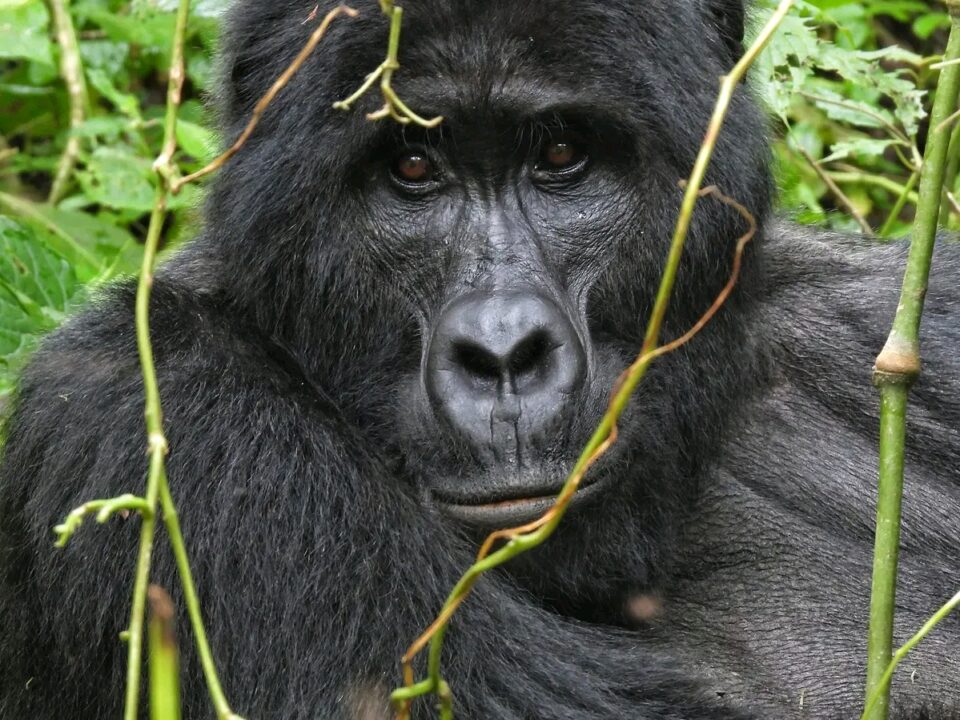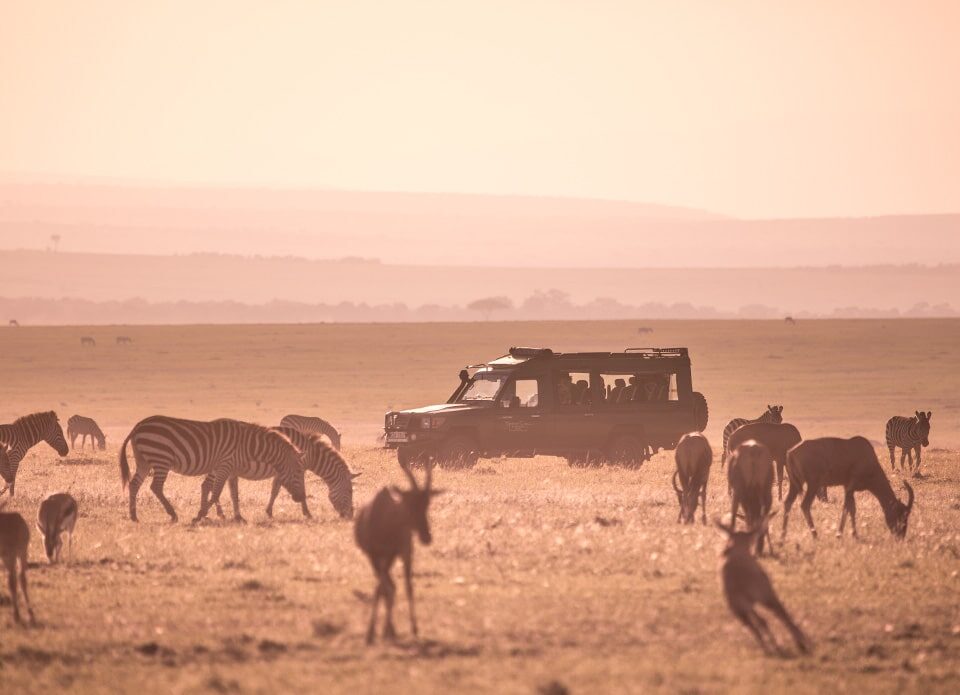
Why you should Still Visit Rwanda in 2026
July 8, 2020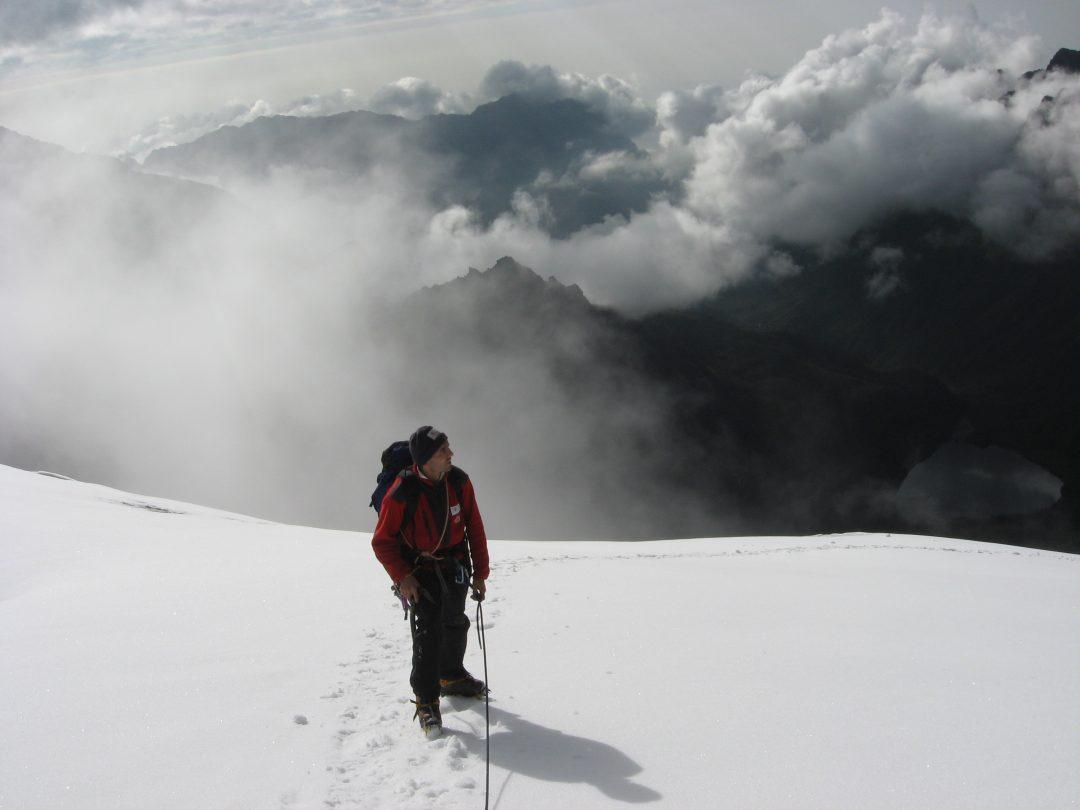
Hiking Rwenzori Mountains
July 13, 2020Annual Wildebeest Migration per month – Where to see the wildebeest each month
The annual wildebeest migration is one of the greatest wildlife movements to behold as thousands of wildebeest, gazelles, and zebras move through the Serengeti ecosystem in Tanzania to the Masai Mara Game Reserve in Kenya.
The wildebeest migrate all year round in circular motion around the Serengeti National Park and Masai Mara Game Reserve ecosystem. However, this is not in a straight kind of movement as they move forth and back, sideways, and in any way they desire to as long as they move to the areas with green pastures.
With the fact that the wildebeest are always on the move, it is good to know where the wildebeest are during specific times of the year such that you do not miss out on all the amazing experiences.
During different times of the year, here is where you will see the wildebeest migration during the different seasons of the year both in Tanzania and Kenya.
Annual Wildebeest Migration per month
January – March – Annual Wildebeest Migration per month
From January to March, the wildebeest are dispersed across the plains of Sonora, Ndutu, and Ngorongoro Conservation Area. During these times the short rains from November created the growth of green pastures that keep the wildebeest here.
February is the perfect month when the wildebeest can be seen in large herds altogether for the calving season. Most of the wildebeest calves are born in a short window period. This is a highlight of the wildebeest migration along with the dramatic crossings of the Mara River.
April:
Gradually the wildebeest spread from the areas they have been staying in and start to spread west across these plains. By April, the wildebeest start their migration north.
May:
From April to May the long rains season starts and therefore the grass is green. In May the wildebeest are moving north to the Moru Kopjes and west of Seronera.
Thousands of animals move through these columns with wildebeest, zebras, and scattering of Thomson’s and Grant’s gazelles. Some of the migration then head north to the Seronera but most of the wildebeest are usually further west.
June:
Around June the wildebeest migration is often halted on the south side of the Grumeti River as some blocks slow down their migration. During June, the wildebeest, therefore, congregate in the Grumeti River in high numbers before crossing the river.
The river at this point is a series of pools and channels though not continuous with an annual feast by the Grumeti River’s large crocodiles.
Though they are spectacular watching as they try to figure out how to cross the river without getting eaten by the crocodiles, these are not as spectacular as when the wildebeest are crossing the Mara River.
July – August Annual Wildebeest Migration per month:
During the months of July to August, the wildebeest continue spreading out across the abroad front with some heading through the Grumeti Reserve and Ikorongo. Other animals on migration move north through the heart of the Serengeti National Park.
September:
By September, the wildebeest herds spread across the northern Serengeti to the Mara River. Here the Mara River provides the migration with its most serious obstacle as the river gushes through the northern Serengeti from Kenya’s adjacent Maasai Mara Game Reserve. Watching the wildebeest cross the Mara River is one of the spectacular yet heartbreaking moments.
October:
By October, the wildebeest herds migrate again to the south through western Loliondo and the Serengeti National Park’s Lobo area.
November – December Annual Wildebeest Migration per month:
In early November the short rains begin and by late November to December the wildebeest herds migrate to the short grass plains of Serengeti.
They are dispersed since there is a lot of green pasture to feed on. The herds are dispersed to the south and east of Seronera, around Ndutuand to the north of the Ngorongoro Conservation Area.
Mulling in Kenya happens just as an extension to the grazing seasons of the herds since they spend most of their time in Serengeti. Between July – October is when the wildebeest can be seen in Kenya as they cross the Mara River.
It is recommended that you book a tour with a knowledgeable Tanzania tour guide such that you are advised on where to find the wildebeest.
To catch the best moments of the dramatic crossings of the Mara River, it is best to base yourself in Serengeti on a Tanzania wildlife safari rather than a wildlife safari in Kenya. For the great gorilla tours, combine your wildebeest tours with Uganda gorilla safaris or Rwanda gorilla tours.
Here are some of the recommended itineraries that tourists can choose when going on the East Africa safari.
3 days Volcanoes park Rwanda gorilla trekking safari
10 Days Rwanda wildlife safaris tours
14 Days gorilla safari Rwanda and wildlife tour
3-Day Murchison Falls Safari Uganda Tour
3 Days Gorilla Safari Uganda Bwindi Impenetrable Park Tour
3 Day Queen Elizabeth National Park Safari
4 Days Kidepo Valley National Park Uganda Safari
3 Day Jinja City Tour Uganda Safari
8 Days Uganda Wildlife Safaris Tour
9 Day Uganda Wildlife Safaris Tour
14 Day Uganda Safari Eco-explorer


